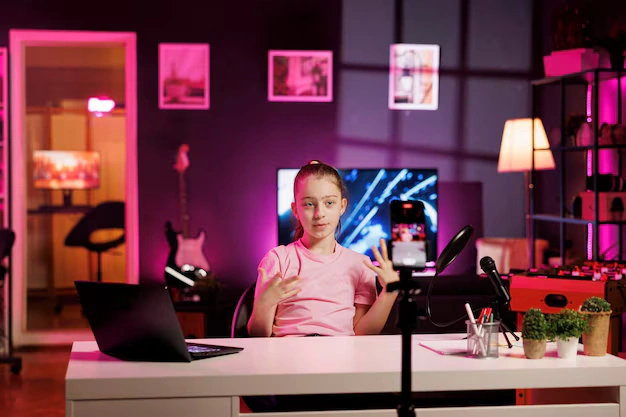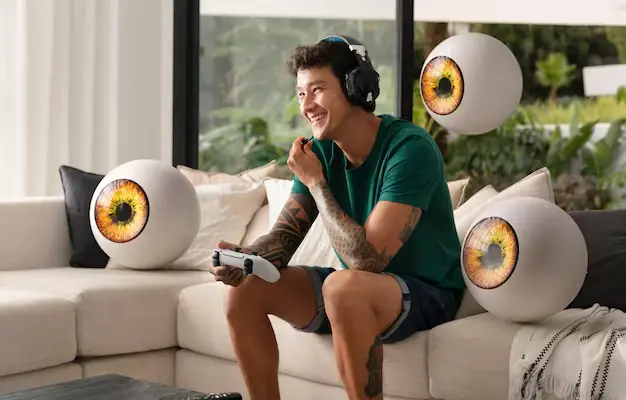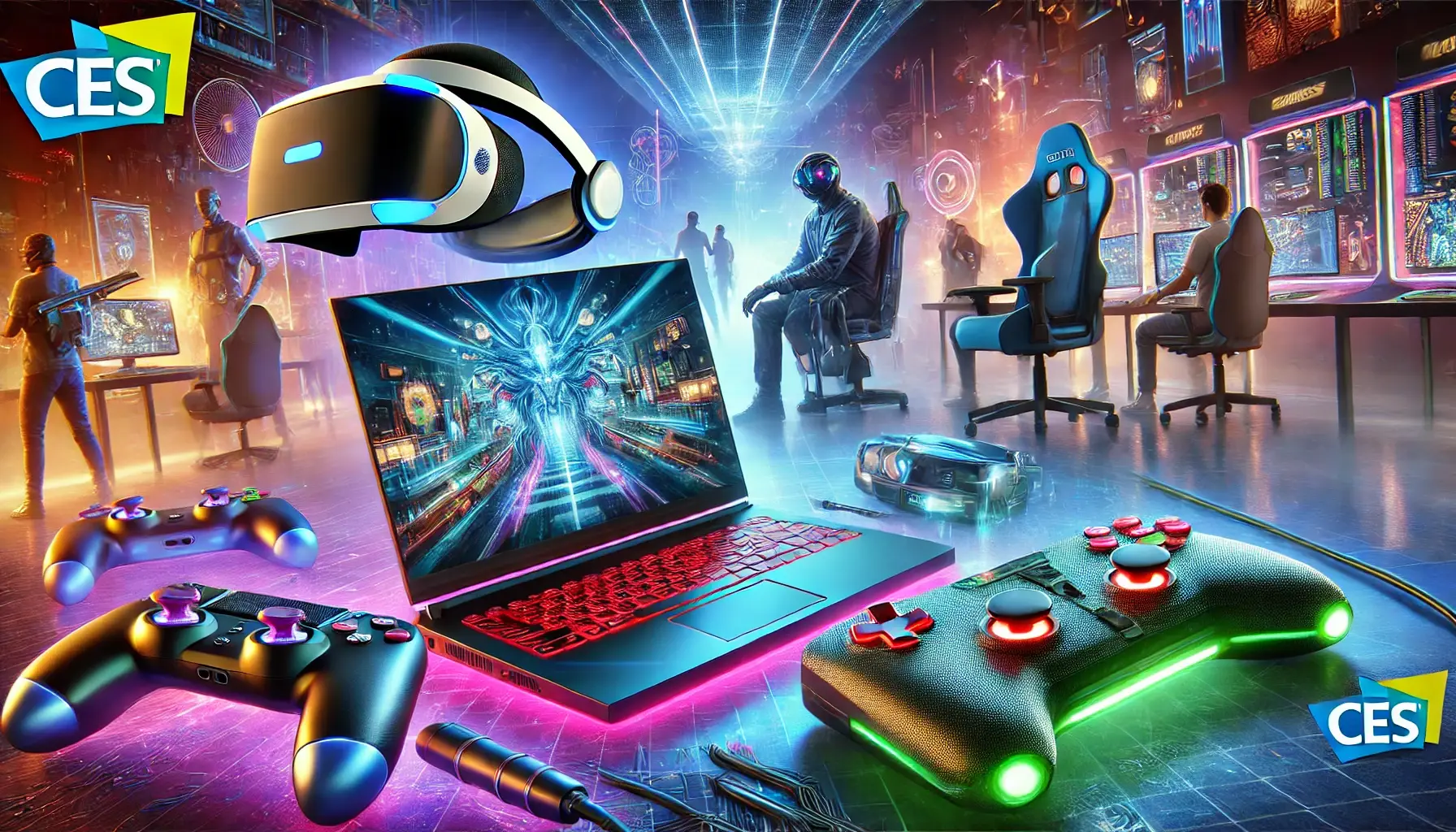Now Reading: How to Set Up RGB Lighting: The Ultimate Gaming Vibe
-
01
How to Set Up RGB Lighting: The Ultimate Gaming Vibe
How to Set Up RGB Lighting: The Ultimate Gaming Vibe

Gaming setup is not merely about high-end hardware and a comfy chair. Actually, there’s much more to that. For the game-changer that, without a doubt, will heighten your gaming experience, what you’ll be looking for here is RGB lighting. Not only does this enhance the look, but also whisks you off into the mood of the game.
Why RGB Lighting Matters in Gaming Setups
RGB lighting has become synonymous with gaming setups because of its versatility and customization options. Be it cozy ambiance or futuristic vibes, RGB lighting can help you achieve the desired aesthetic.
Benefits of RGB Lighting
Deep Immersion: This lighting can be timed with a game for better immersion while gaming.
Personalization: Make personal themes according to your personality.
Improves Mood: Proper lighting will make a better gaming experience.
Functional Lighting: This type of lighting refers to the lighting aspects that major on places such as a keyboard and monitor, hence making the gaming experience ten times better at night.
Basic RGB Lighting Components for Your Build
You will require the following RGB lighting components to get started:
1. RGB LED Strips
LED strips are very versatile. They can be installed behind your monitor, desk, or shelves. They give uniform lighting and are very easy to customize.
2. RGB Case Fans
RGB fans are perfect for adding a glow to your PC case while keeping your components cool. Many fans offer synchronization with motherboard software for seamless control.
3. RGB Keyboards and Mice
Complete your station’s aesthetic beauty while making it easier to use in a darker room with peripherals.
4. Smart RGB Bulbs
Replace the traditional bulbs within your house with smart RGB light bulbs to probably dramatically change the ambiance effects in your gaming area.
5. RGB Gaming Monitors
- Some display units natively support RGB lighting that can be added to your gaming area.
- Selecting the Best RGB Software
RGB lighting setup demands the type of software that controls color settings and effects along with its synchronization. Some of the most sought-after ones have been mentioned below:
1. Corsair iCUE
Corsair iCUE is pretty powerful utility software used to manage Corsair products, whether it be keyboards or mice or some sort of cooling systems. That provides an easy way to tune light effects and add profiles, or sync up multiple units.
2. Razer Synapse
It is more of Razer enthusiasts because the software offers one powerful custom tools for its Razer peripherals, game integration that synchronizes the lighting on all your connected peripherals to any event in your games, say the health status or ability cooldown.
3. ASUS Aura Sync
As applied under ASUS products starting with motherboard and GPU, up to more things, ASUS Aura Sync will be looked perfect for its users. Every compatible unit that the software tries to adjust matches perfectly, plus all of those are light-based.
4. MSI Mystic Light
The MSI Mystic Light application works perfectly for those users with hardware by MSI and also for other supported devices. The software does everything through an intuitive interface, brings down the customization to a few clicks, and takes you through a series of lighting modes.
5. Gove Home App
By giving users standalone RGB products such as Gove LED strips or smart lights that can be fully controlled through its Gove Home App operating those devices far away via mobile, including colors, brightness effects.
- RGB Lighting Set-Up
- RGB Step-by-Step Set Up
Step 1: Imagine Your Lighting Theme
Imagine how you will have your gaming desk or even shelf. Know what you want to light: for example;
- Behind your screen or on top of your workstation
- Inside of your computer box
- Decor on shelving, like photo frames or models on the walls
- Gaming peripherals is keyboard mouse headsets
Step 2: Assembly of RGB pieces
Once you have finalized your design you can now start assembling the parts:
LED Strips
These have to be applied on flat clean surfaces with use of adhesive or mounting clips.
Case Fans
Mount them in the case inside for improving air flow and locating the fans.
Peripherals
Connect your RGB enabled devices through USB or Bluetooth.
Step 3: Connecting Power and Control Hub
The vast majority of the RGB devices in use are hooked into some power source or hub where control over lighting takes place. In this regard, PC-based take advantage of RGB headers on your motherboard to run lights.
Step 4: Download RGB Software
Download the appropriate software for your components, such as iCUE, Synapse. Ensure that all devices are recognized and can be configured through the software.
Step 5: Personalize Your Lighting
- Adequate lighting scheme through your software:
- Static color for minimalist effect.
- Dynamic effect such as breathing, strobing, or color cycling.
- Sync it with your game for reactive effect.
- RGB Lighting Tips to Take Your Gaming Experience to the Next Level
1. Color Psychology
Color psychology can call up the mood and affect perception. Try out these color combinations to take your gaming experience to a new level.
- Blue: Creates a calming ambiance that makes the user concentrated.
- Red: Makes the game much more energetic and intense.
- Green: Balanced and refreshing.
- Purple: Sophisticated and mysterious ambiance.
2. Do Not Overcrowd
Too much RGB lighting is sensory overload. Focus on crucial areas and accent lighting to bring in balance.
3. RGB Sync with Games
Most games now allow RGB syncing. For instance, a horror game in red lighting makes it scarier.
4. Play with Placement
Play with where to put LED strips and lights. Try to position them at the back of your monitor or underneath your desk for a more discreet glow.
5. Cable Management
It also makes it look clean and professional. Secure cables out of sight with zip ties and adhesive clips.
RGB Lighting Troubleshooting
Even with the best setup in place, problems may still be encountered. Here’s how to troubleshoot common problems:
1. RGB Lights Not Working
Check your power connections. Make sure your control hub is good.
Double-check that your RGB software is updated
2. RGB lights out of sync
Check RGB calibration settings within your software
Devices have to be on the same hub or system.
3. Flickering or dimming RGB
Double-check that your power source is good.
Bad cables and/or connectors are easy to swap out
When to Upgrade Your RGB Setup
- You will eventually outgrow your initial RGB setup. Upgrade when:
- Your lighting components are outdated or incompatible with modern software.
- You wish to add features like voice control or app-based management.
- You are expanding your gaming station by adding new furniture or devices.
Conclusion
This process can be really entertaining and rewarding for bringing colors of life into your gaming space vividly, if you know how to choose the right components and software, and, consequently, really get the mood right from the proper layouts. You just follow the steps described here in the guide and let your imagination fill it in with magic. You are either a casual gamer or an enthusiast gamer; so, RGB lighting might make your gaming experience better.




























Pingback: Ultimate Character Tier List: Ranking the Best and Worst
Pingback: Prevent Gaming Laptop Overheating: Essential Tips